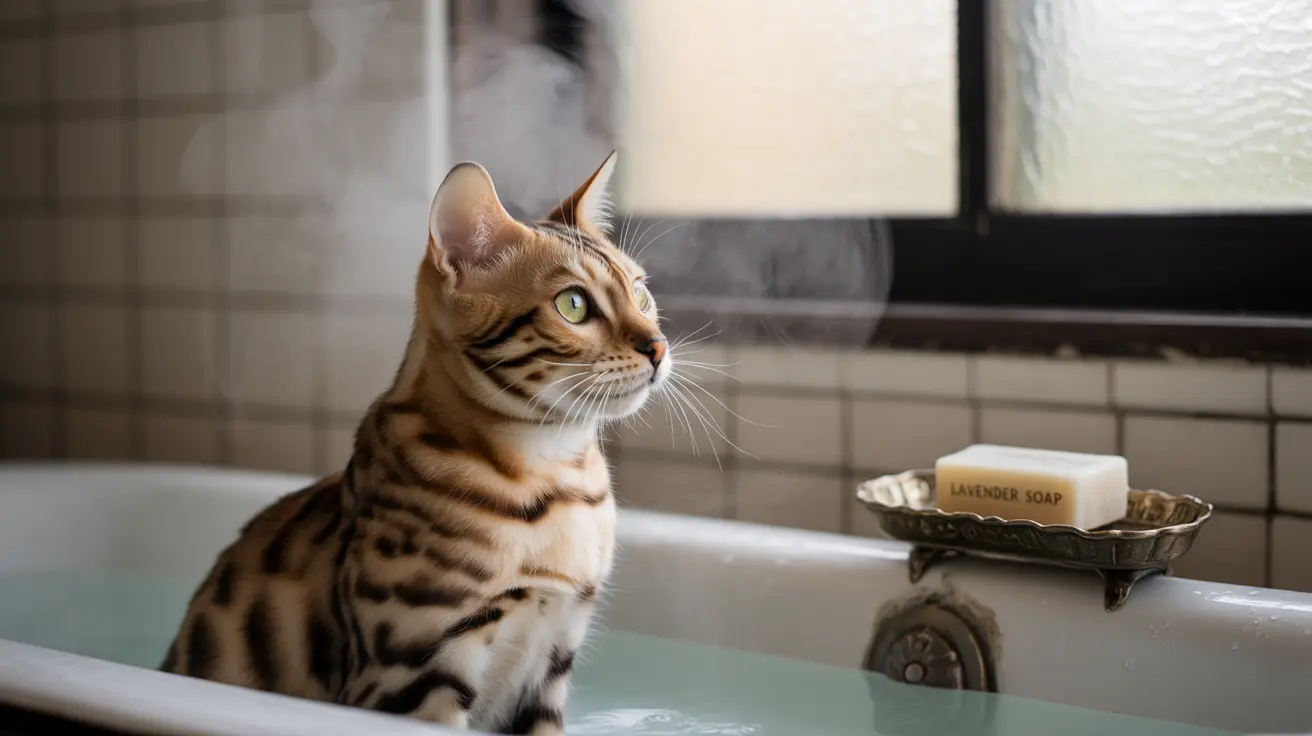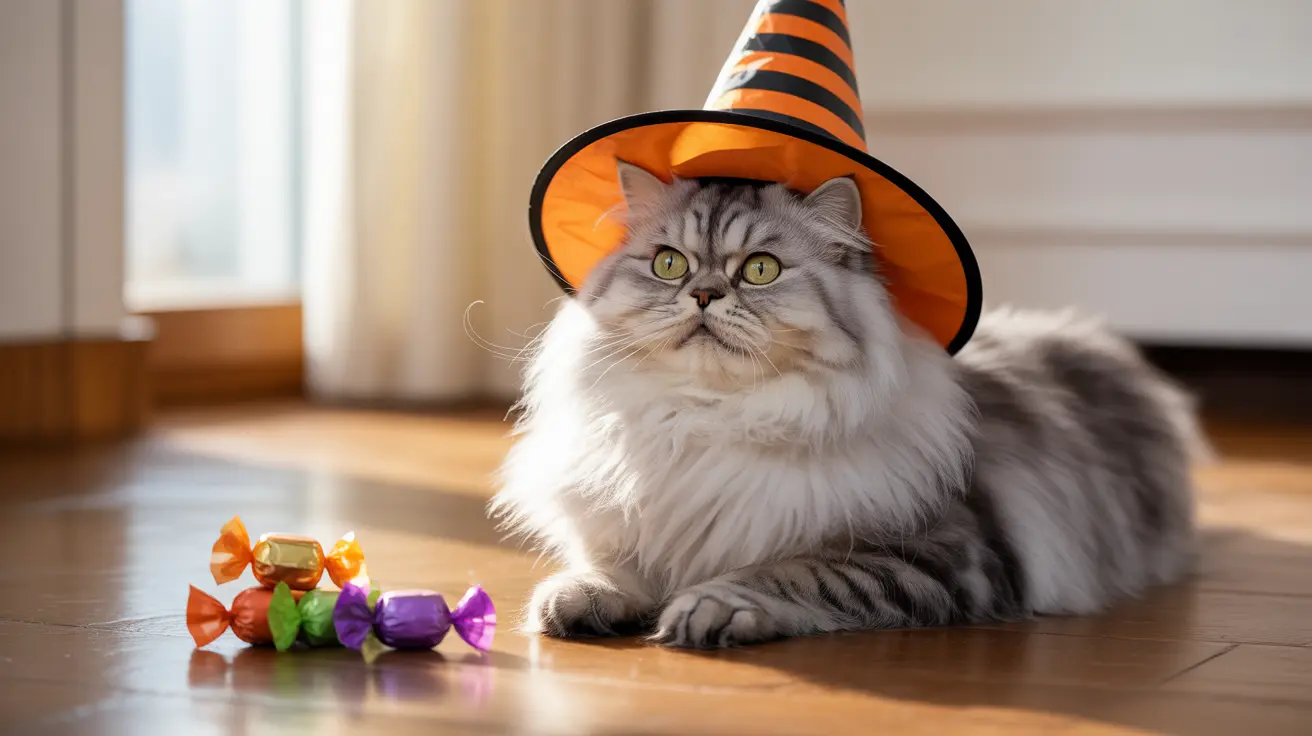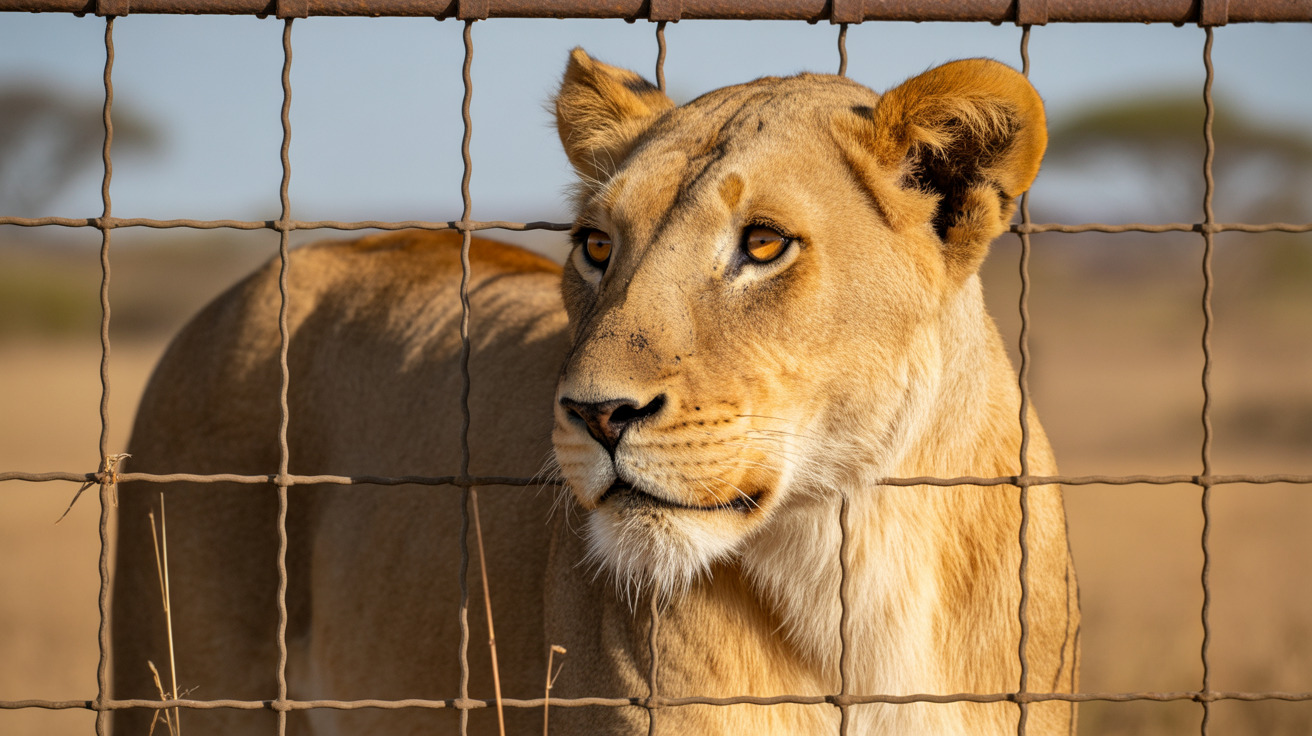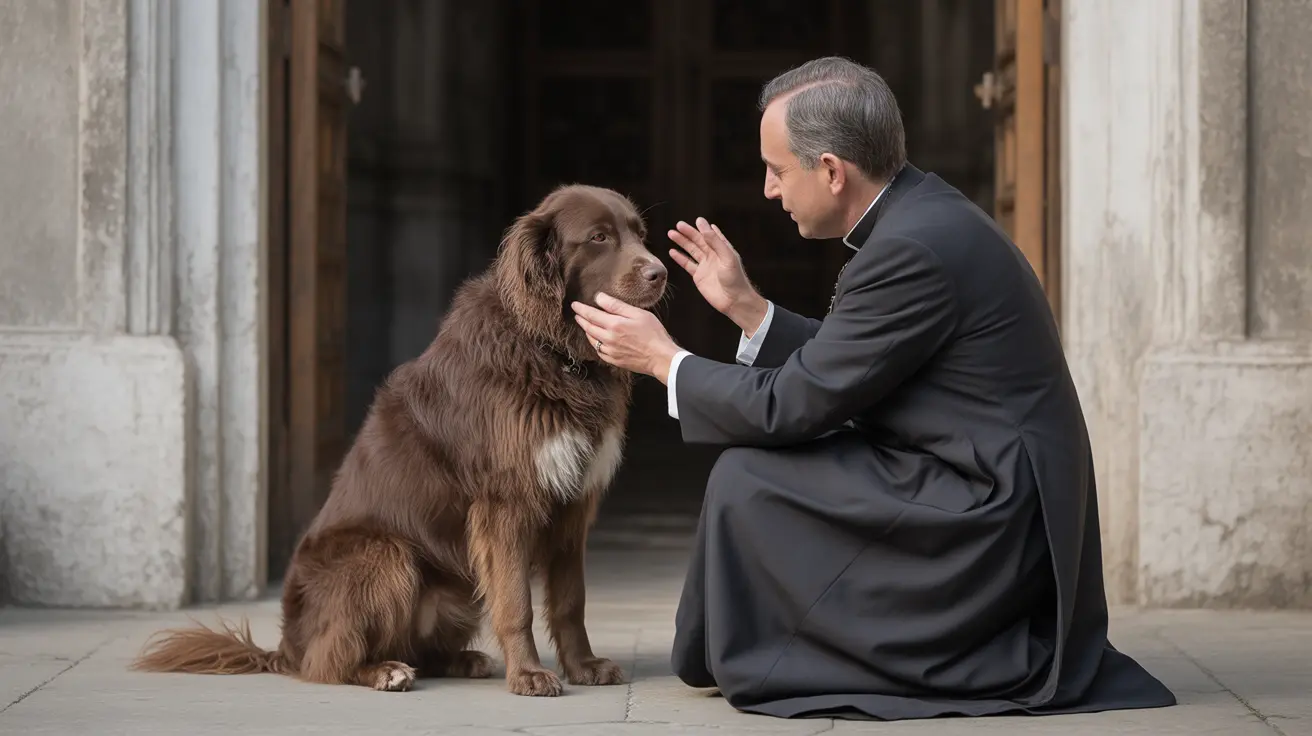When your cat is congested, helping them sneeze can provide much-needed relief. However, it's crucial to understand safe and effective methods to assist your feline friend without causing harm or distress. This comprehensive guide will explore veterinarian-approved techniques to help your cat clear their nasal passages safely.
Understanding Why Cats Sneeze
Sneezing is a natural reflex that helps cats clear their nasal passages of irritants, mucus, or foreign objects. While occasional sneezing is normal, frequent or chronic sneezing may indicate underlying health issues that require veterinary attention.
Common Causes of Cat Sneezing
Before attempting to help your cat sneeze, it's important to understand what might be causing their congestion:
- Upper respiratory infections
- Environmental allergens
- Foreign objects in the nasal passage
- Dental problems
- Inflammatory conditions
- Fungal infections
Safe Methods to Help Your Cat Sneeze
Steam Therapy
One of the gentlest and most effective methods to help clear your cat's nasal passages is steam therapy:
- Run a hot shower to create steam in your bathroom
- Keep your cat in the steamy bathroom for 10-15 minutes
- Stay with them to ensure they're comfortable
- Repeat 2-3 times daily as needed
Saline Solution Technique
With veterinary approval, you can use pet-safe saline solutions to help clear nasal congestion:
- Use only veterinarian-recommended products
- Apply 1-2 drops per nostril
- Keep sessions brief to minimize stress
- Monitor your cat's response
Professional Care and Prevention
When to See a Veterinarian
Seek immediate veterinary care if you notice:
- Persistent sneezing lasting more than 2-3 days
- Colored or bloody nasal discharge
- Loss of appetite
- Difficulty breathing
- Lethargy or behavioral changes
Preventive Measures
To help prevent nasal congestion:
- Maintain regular veterinary check-ups
- Keep vaccination schedules current
- Control environmental allergens
- Ensure proper dental hygiene
- Maintain optimal indoor humidity levels
Important Safety Considerations
When helping your cat sneeze, always remember:
- Never use irritants or harsh substances
- Avoid forcing any treatment if your cat resists
- Stop immediately if your cat shows signs of distress
- Follow veterinary guidance strictly
Frequently Asked Questions
How can I safely make my cat sneeze to help clear its nasal congestion?
The safest methods include steam therapy in a bathroom, using veterinarian-approved saline drops, and ensuring proper humidity levels in your home. Never use irritants or force any treatment on your cat.
What are the common causes of frequent sneezing in cats that I should watch for?
Common causes include upper respiratory infections, allergies, foreign objects in the nose, dental problems, and environmental irritants. Persistent sneezing should be evaluated by a veterinarian.
Is steam therapy effective for making a cat sneeze and how do I do it safely at home?
Yes, steam therapy is effective and safe when done properly. Run a hot shower to create steam, keep your cat in the bathroom for 10-15 minutes, and stay with them to ensure their comfort and safety.
When should I take my sneezing cat to the veterinarian for professional care?
Seek veterinary care if sneezing persists beyond 2-3 days, if there's colored or bloody discharge, if your cat shows difficulty breathing, or if they display changes in appetite or behavior.
Are there any home remedies or products I can use, like nasal sprays or toys, to induce sneezing in cats?
Only use veterinarian-approved products like pet-safe saline solutions. Avoid home remedies or human products, as these could harm your cat. Always consult your vet before trying any new treatment.






